| Weight | 617 g |
|---|---|
| Dimensions | 102 mm |
| Focal Length (mm) | |
| Max Aperture (f) | |
| Aperture Blades | |
| Image Circle (mm) | |
| Elements | |
| Rear Mount | |
| Serial Numbers |
Kershaw Type 250 102/2.8 [V1]
English lens designed by Horace W. Lee for Kershaw Type 250 Strip Projector (for 35mm stills and strip). [V2] is a superior, serialled reverse Ernostar design marked ‘4″ = 102 M.M’, with a shallow, bronzed bezel and front barrel. The inner brass barrel (45mm diameter / 60mm length) unscrews on a 55 x 0.75mm thread. Inner barrel and lens assembly weighs 316g.
Categories: 35mm+ Cine, Slide Film
Tags: 102mm, 250, 4 inch, kershaw, lens, projection, projector, type, type250
Reviews
Add a review Cancel reply
Related to . . .
Related products
-

Arsenal Triar-3 85/2.8
Compare -

Benoist Berthiot 60/1.6
Compare -

Argus Projection Anastigmat 100/3.3
Compare -

Apollo 85-150/3.5
Compare -

Aldis Tele-Projection 250/3.5
Compare -

Agfa Agomar 85/2.5 [V1]
Compare -

Appro 100-225/4
Compare -
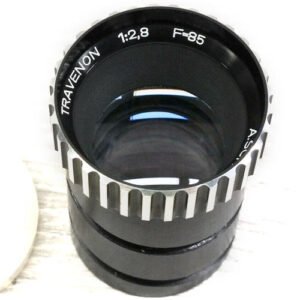
A. Schacht Travenon 85/2.8
Compare -

Agfa Color-Agolar 250/4.5
Compare -

Argus Projection 100/2.8
Compare -

Agfa Agomar 60/2.8
Compare -

Ansco 127/3.5
Compare -

Agfa Agomar 100/2.5 [V2]
Compare -

Agfa Color-Agolar 85/2.8
Compare -

Benoist Berthiot 110/2.4
Compare -
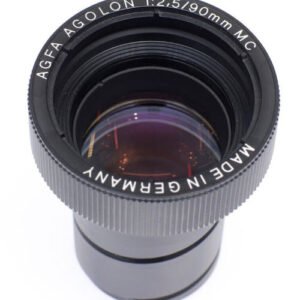
Agfa Agolon 90/2.5
Compare -

Agfa Agolar 85/2.5
Compare -

AG Optical Trionar 152/3.5
Compare -
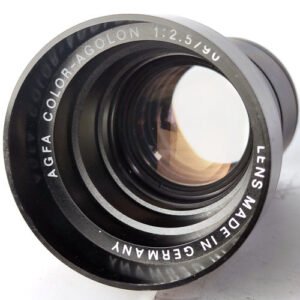
Agfa Color-Agolon 90/2.5
Compare -

Benoist Berthiot 90/2.8
Compare -

Benoist Berthiot 90/2.5
Compare -

Braun Color-Autogon 85/2.8
Compare -

Apollo 100-150/3.5
Compare -

Pentacon AV 200/4
Compare -

Aldis Anastigmat 85/2.5 [V1]
Compare

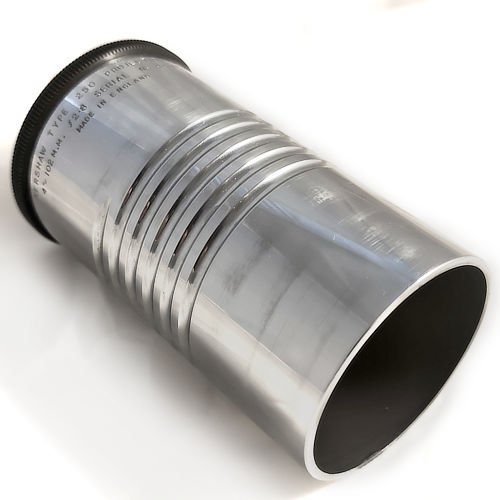


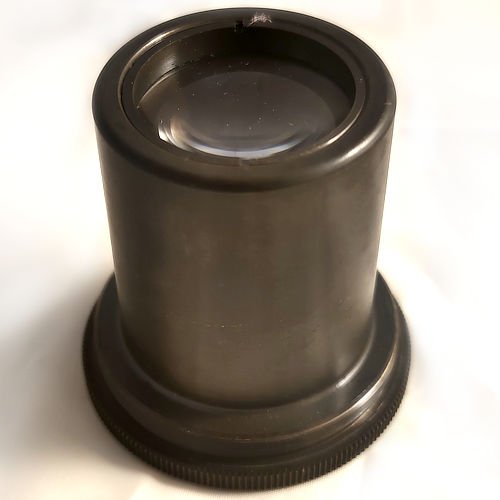
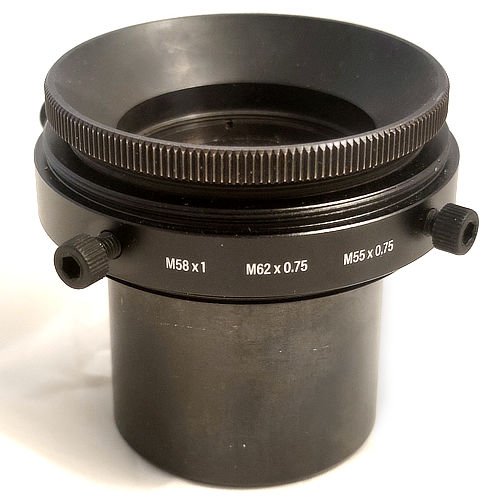

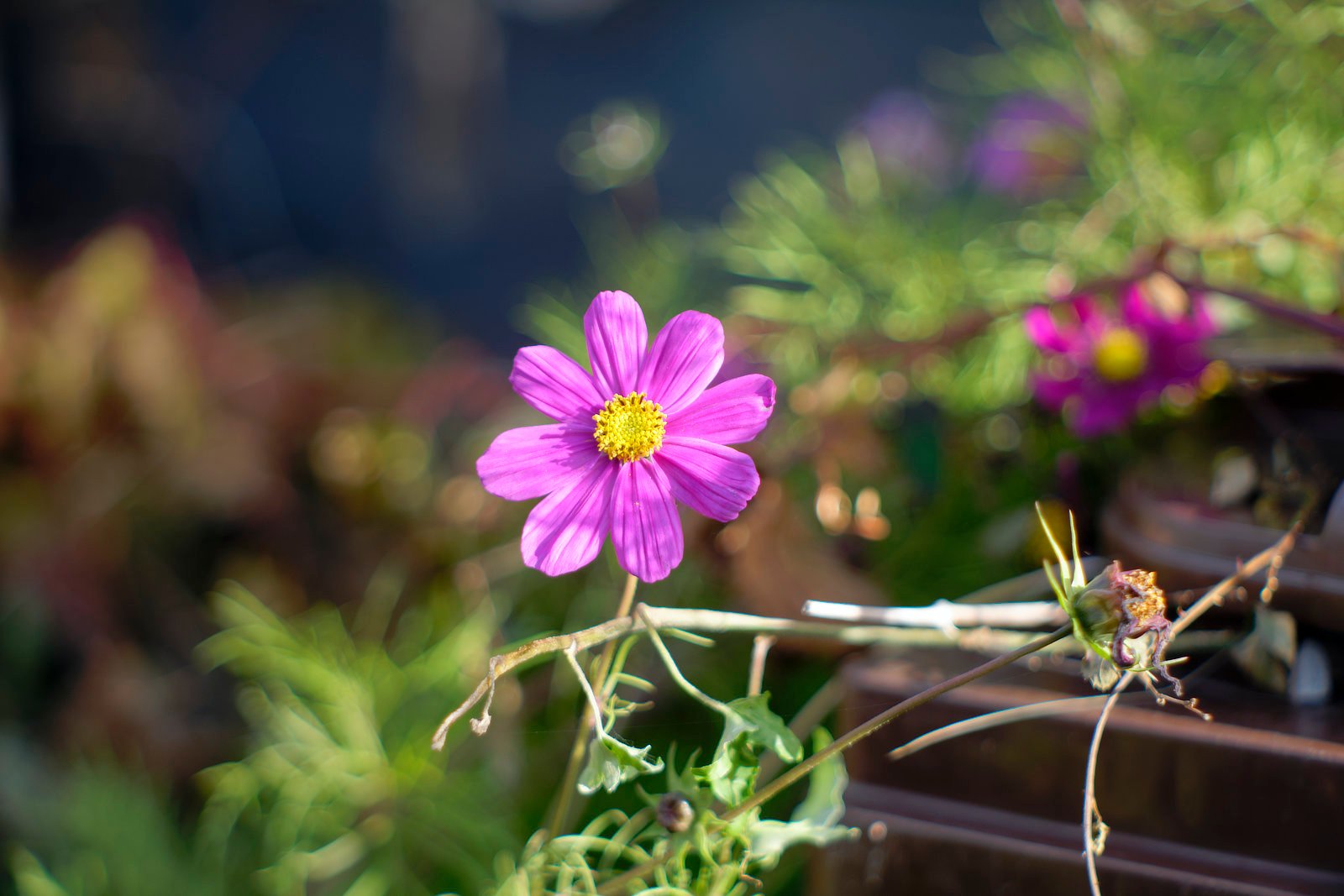

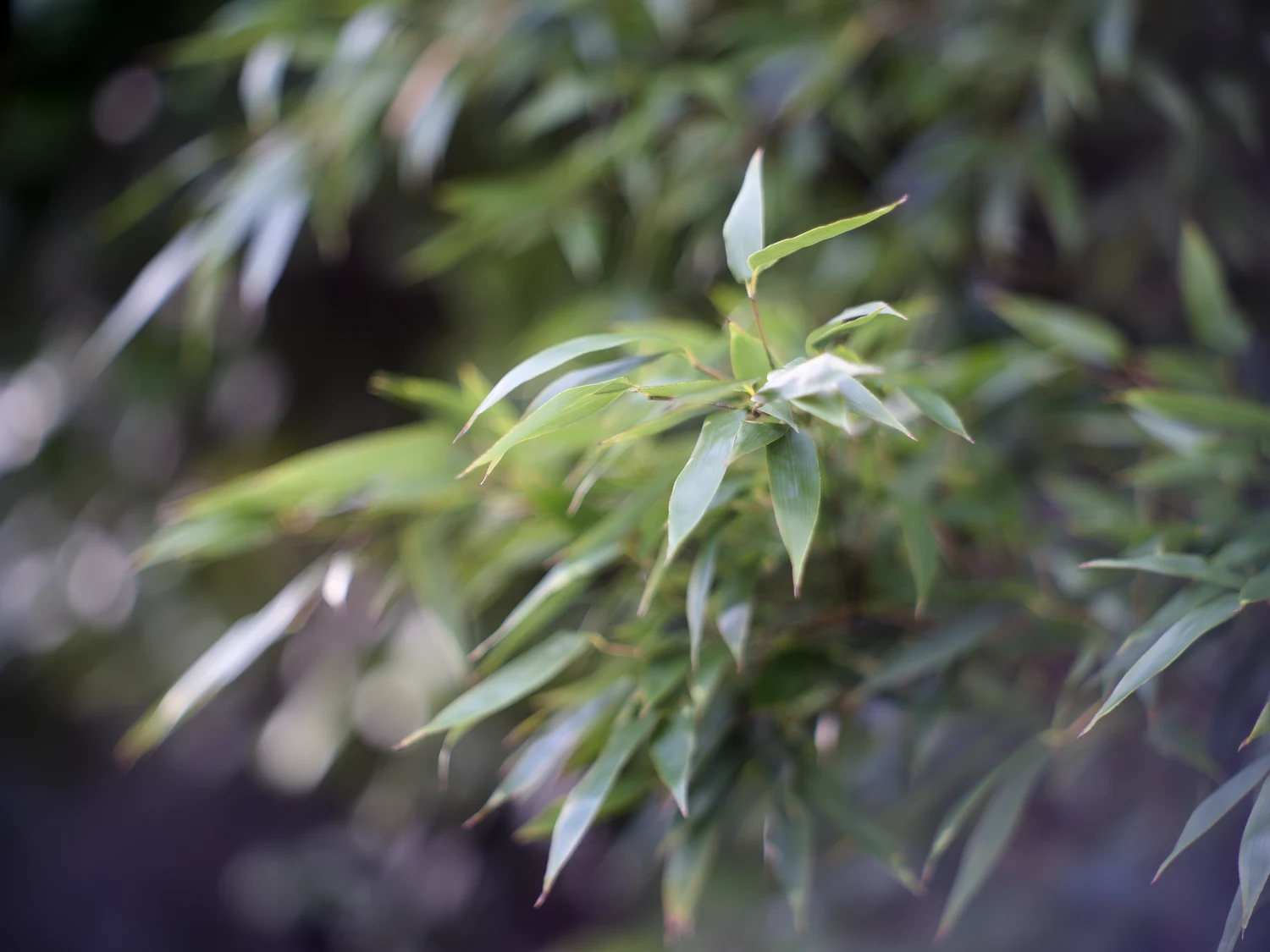



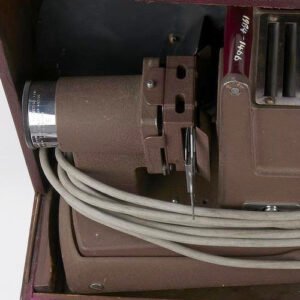
16:9 –
Made in Leeds and fitted to Kershaw 250 strip and 35mm film projectors, the Type 250 range comprised 2-, 4- and 6-inch lenses, progressively (and accurately) labeled 50mm, 102mm and 152mm – over a decade before the advent of decimalisation. Judging by the number still on the market in good condition, these were stout workhorse projectors and the lenses are commonly sold – inexpensively – attached to and detached from their mounts. Considering, at present prices, you won’t be paying more than £20 for one, ownership is a journey of surprises.
The first surprise is the weight: I can’t recall another 100mm slide projector lens weighing more than 600g. Projector lenses with long, solid metal barrels like this arouse concerns about requiring an angle grinder or hacksaw to achieve infinity focus, but the second (lesser) surprise is that the inner lens barrel unscrews (accounting for much of the weight). Shelled, the rather beautiful brass inner assembly still weighs 319g – two Leitz Colorplans. The cells are now easily adaptable – especially as (surprise three) the thread is 55 x 0.75mm. Coincidentally, the Syoptic 58mm > M42 lens clamp is fitted with exactly this thread. With this adaptor, adaptation is effortless: simply unscrew the inner barrel, screw it back onto the Syoptic 58mm clamp (the clamp screws are not required in this case), add a long M42 helicoid and an M42 > camera mount adaptor. You’re now ready for the fourth surprise.
You might initially suspect this is a humble triplet – and if you’ve purchase the similar-looking, but inferior, unserialled [V2], you won’t be surprised. However the serialled [V1] Kershaw Type 250 102mm, distinguished by a shallower, bronzed front bezel (rather than the [V1]’s deeper and darker bezel) is a reversed Ernostar-type four-element lens, and is in the top 20% of projector lenses for frame-averaged sharpness at distances over 1m. Centre-frame, it does not resolve as well as the more complex Leitz, Rollei or Braun Ultralit 90mm elite, but unlike most projector lenses, you are free to make off-centre compositions without worrying about the subject turning to mush. This is not a lens you shoot for ‘special effects’ such as bokeh swirling around a central subject, or attention-grabbing rendition of the background. It has mild outlining of defocused specular highlights, but in other respects it’s similar to the Trioplan and TT Artisans replica – in fact, it may be a little sharper. Bokeh is more ‘interesting’ than the very smooth Colorplans. Leitz/Leica projector (and taking) lenses erase boundaries between defocused objects and overlapping colours. This lens, like the Angenieux equivalent, allows a hint of ‘firmness’: backgrounds (and foregrounds) are populated with softly recognisable shapes, but never harshly drawn.
All told, this is one of the more enjoyable projector lenses to shoot with – on full frame or (especially) Fujifilm GFX: the combination of 100mm and f2.8 is notably better at subject isolation than the 85-90/2.8 models, and minimal mechanical vignetting keeps bokeh balls almost circular to the edge of a 36mm frame – one of the features that makes the Trioplan (and several other lenses with this specification) so attractive. The Agfa Agomar 100/2.5 comes to mind as an alternative, but the Kershaw is sharper, smoother and much better made. However, unlike the Agomar, or the Leitz Elmarit-P equivalents, specular highlights (bokeh balls) are not soap-bubble outlined.
Most 1950s and 60s lenses of this type are not well coated: flare is similarly problematic with all the Colorplans apart from the late Leica models. But colour rendition is excellent, and – suitably shaded – contrast is also better than average. There is some longitudinal CA, but less than most lenses of this type – and there’s barely any of the ‘vintage glow’ of spherical aberration you might expect. The image circle extends at least 15mm either side of a 36mm frame for tilt/shift movements, which also makes this a really fine lens for 645 cameras.
Highly recommended on both technical and aesthetic grounds, with bonus points for ease of adaptation.